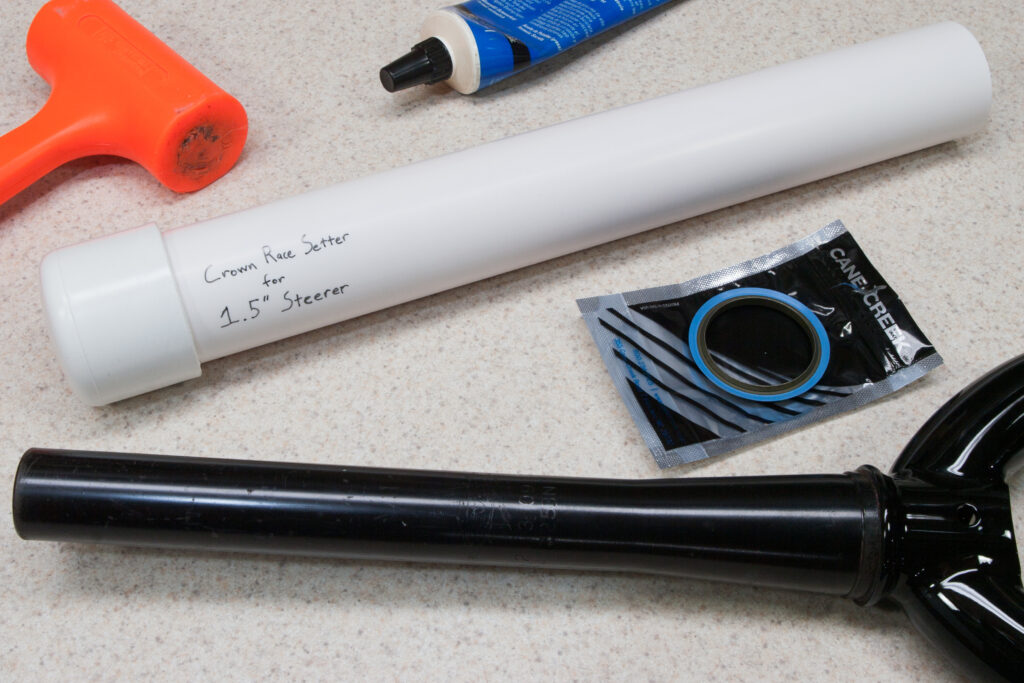
Our house has a couple pieces of cast iron cookware, but it wasn’t seasoned very well and Danielle and I both wanted to change that. After some separate but overlapping research we both found that using flaxseed oil is best for seasoning cast iron cookware due to the high quantities of α-Linolenic acid (ALA) that it contains, as this will polymerize nicely during the seasoning process.
Sheryl Canter’s post Chemistry of Cast Iron Seasoning : A Science-Based How-To was the basis of much of the information used, but I disagree with some of her techniques (eg: applying very thin layers of oil then wiping them off until no longer visible, starting with a cool oven) as being overwrought. Starting with a clean, dry pan (scrubbing to get food residue off and putting in the oven at 200°F to facilitate drying) I instead did the following, using some food-grade refrigerated flaxseed oil purchased at Whole Foods:
- Using a piece of a synthetic fabric sock (a square about 2″ x 3″), spread a layer of oil on all surfaces of the pan. It should look oily, but not have any drips, sags, or pools. Be sure it is an even coat. Paper towel (which I tried at first) left lint residue that’d burn into the oil and get stuck in the coating.
- Put the pan in your oven and set to 550°F or so. The temperature needs to be above the smoke point of the oil, because during this smoking the ALA will polymerize and thus the cast iron becomes seasoned.
- Once the oven indicates it’s at temperature, set a timer for an hour. During this hour the cast iron should reach the oil’s smoke point, which’ll release a bunch of somewhat unpleasant smoke. Vent the house if you can.
- After an hour has elapsed, or once the oil is done smoking (you’ll get a better feel for this as you repeat the process) turn off the oven, open it up, and slide out the racks so the cast iron can cool.
- When the cast iron has reached a temperature that it can be handled with bare hands, repeat these steps as many times as desired.
To season our cast iron cookware I used seven repetitions of this process. Each took a couple of hours, but most of that time was waiting for the oil to smoke or the cast iron to cool down. The result on one of the pans, a Lodge Wedge Pan that Danielle received for Christmas from my parents, can be seen above. Prior to the flaxseed oil seasoning it had a factory season on it, which was a dull, thin-looking surface that only seemed sufficient to prevent corrosion during shipping. After receiving a proper season the pan was not unlike a used PTFE non-stick surface and quite pleasant to use.
Post-seasoning the cast iron can be easily cleaned with water, a plastic bristled scrub brush, and a gentle plastic scrub pad / sponge that’s safe for non-stick pans. This has easily removed everything we’ve had stuck to the pans and left the season intact.
† While flaxseed oil and linseed oil are the same thing, products labeled as linseed oil are commonly for wood finishing and usually contain drying agents and other things that you probably don’t want in contact with your food. Thus, it’s best to just suck up the seemly-high price of buying food-grade flaxseed oil at a local store knowing that it’ll be safe. Don’t worry, one bottle will last you for a long time; this process does not go through it very quickly.
Other oils could be used, but flaxseed oil will be the most efficient readily available oil due to it’s high ALA content. This portion of the Wikipedia article on α-Linolenic acid listing the ALA content for a number of different oils, showing that flaxseed is around 55%, while canola and soybean (both frequently branded as vegetable oil) are 8% and 10%. If a lower ALA content oil is used, it’ll take longer to build up a thick coating of seasoning (polymerized ALA).









